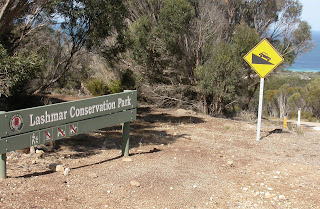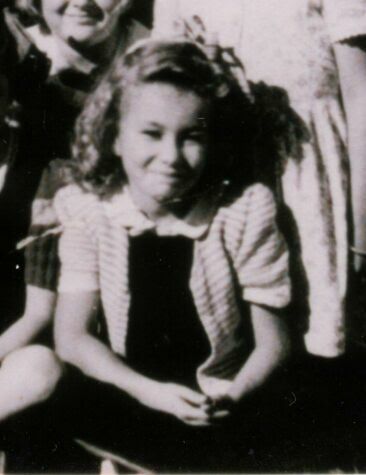After telling about our first glimpses of Discovery Bay, I went looking for a photo of it.
This is one of the photos that we took at the time.

We walked for what seemed miles ... and there was no end to the rubbish.
Here is the Google image search page for Discovery Bay.
http://www.sciencemusings.com/blog/2007/07/here-come-ducks.htmlIt is a magnificent place to visit.
Perhaps you could go prepared (with a wagon :)) to carry more stuff back.
Perhaps it is all clean now?
We decided that it must be named "Discovery Bay" because so much of what is lost at sea washes up there to be discovered.
:)
I wonder if any of these ducks will join the junk?
from
http://www.sciencemusings.com/blog/2007/07/here-come-ducks.html Here come the ducks!
You will remember the consignment of 30,000 yellow plastic ducks that were swept from a container ship by a storm in the North Pacific Ocean in 1992. They have subsequently been adrift, and oceanographers have followed their progress as a way of mapping winds and ocean currents.
The ducks seem to have spent their first years of freedom drifting counterclockwise in the North Pacific Subtropical Gyre.
Some of the silent quackers escaped the gyre and found their way to Japan and Indonesia.
Others peeled off to the north, slipped through the Bering Straits, and found themselves trapped in Arctic Ice. They moved with the floes across the Arctic Ocean towards Greenland and Iceland, where, released by melting, they joined the currents of the North Atlantic.
By 2001, yellow ducks were showing up in Newfoundland, then down along the Eastern Seaboard of the United States. Here, presumably, some were snatched away by the Gulf Stream and carried towards Europe. This past week, the first duck was apparently found on a British beach in Devon by a retired school teacher named Penny Harris.
And so, and so -- I walk the beaches here in Kerry with a wary eye.
What could be more thrilling than finding a yellow duck, with the "First Years" logo, that had spent fifteen years on an ocean swim of many thousands of miles? Our prevailing winds and currents come from the east, sometimes bringing North American birds and even butterflies to our shores.
I have previously suggested on this site that the arrival of strange creatures out of the sea may have been a reason why early Irish myths all speak of an exotic land out there in the Western Ocean -- the Land of the Blessed that inspired Saint Brendan and his companions to launch themselves upon their legendary 6th-century voyage in a boat not unlike the one pictured here yesterday.
If we didn't know about the Pacific storm and battered container ship, what curious Hy-Brasil would we imagine was the source of a flotilla of yellow plastic ducks."
Yay for science blogs :)







